A Blend of Two Worlds – Afropean in The Gambia
Text by Nat Illumine. Photography by Jonathan Oppong-Wiafe
Reggae artists from Jamaica are treated like visiting royalty, literally– in 2008, Sizzla was received by the President himself at the Royal Palace.
For The More Adventurous
Because the coastline is so small, the majority of hotels lie within half an hour drive of the airport, but the more adventurous could head further south down the coast to the little fishing villages that dot the shoreline, such as Sanyang. Monkeys, exotic birds and crocodiles roam the Gambia,and there are various national parks where you can observe these animals up close, although the monkeys often scamper about hotel grounds, and crocodiles can be found sneaking up marshlands near beaches.
As we approached the island, the skeletal baobab trees that are the island’s only inhabitants loomed majestically, ominously reflecting the weight of the island’s past. Formerly named by the English as James Island, it is home to an English fort that is now crumbling into the sea
In the crocodile park in Bakau and the monkey park in Bijilo, the animals are tame enough for tourists to feed. It’s safe for children, which I know for a fact as one audacious tour operator once placed my two year old on the back of a croc for my husband to take a photo, whilst I panicked and pleaded for the return of a full-bodied child.
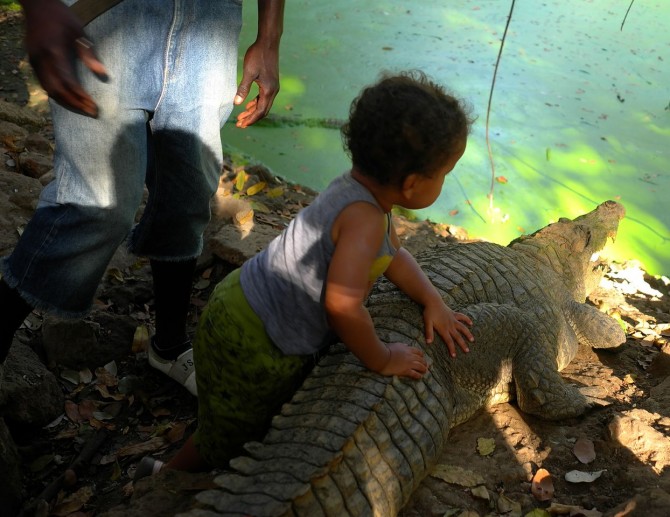
It’s worth journeying inland along the river, ideally in a motor-propelled fishing boat (which can easily be arranged) rather than the tourist tour ferries. It’ll take a while, but you can make it to Janjangbureh (formerly known as Georgetown), where the world’s least friendly yet seemingly huggable animal, the pygmy hippo, can be seen basking in its natural, muddy environment. There is also an island known colloquially as Ganja Island, used entirely to grow weed, which is allegedly outside the jurisdiction of the Gambian authorities. Unfortunately we have not been taken there yet, but one day, one day.
Kunta Kinteh Island
Only a few hours ride away from the coast however is one of Gambia’s main tourist attractions – Kunta Kinte Island. The river Gambia leads seven hundred miles into the interior of Africa, and therefore was integral to the transatlantic slave trade, with an estimated three million slaves transported down the river to be transplanted in the Americas. The island lies at the mouth of the river, only thirty kilometres from the estuary, and was used as a trading post from as early as the fifteenth century. Initially taken by the Portuguese, it soon became a strategic stronghold fought over by the French and English.

We set sail armed with a mini rig and a bag of herbs as our boatsman steered us through the mangroves, sunning ourselves on the hull as dolphins flipped and frolicked around us. As we approached the island, the skeletal baobab trees that are the island’s only inhabitants loomed majestically, ominously reflecting the weight of the island’s past. Formerly named by the English as James Island, it is home to an English fort that is now crumbling into the sea. The remnants of the fort comprise the various quarters of the British administration, alongside one surviving slave cell, a tiny shoebox in which many unwilling captives were undoubtedly crammed.

Only a glimpse of sunlight could splinter through the manmade porthole in which the captors would drop the measly amounts of baobab fruit that would sustain the slaves at the beginning of their tumultuous journey of no return. Tourists are regularly brought here on tours, but it’s a more pleasant experience to rock up on your own and imbibe the history in your own time. Our friend told us that travellers often cry on the island, as the presence of the past engulfs them, and it is a reminder of the shocking inhumanity that occurred when Europe met Africa those many moons ago.
Nearby on the shore lies the villages of Albreda and Juffureh, the latter from which Alex Haley’s famous protagonist Kunta Kinteh is said to have lived prior to capture. The Gambian authorities have set to capitalise on the popularity of ‘Roots’, with the village home to a rudimentary museum funded by Haley that covers the history of slavery in the area. There is also a replica slave ship that can be boarded and explored, although I personally couldn’t muster up the courage to actually enter the holding area.
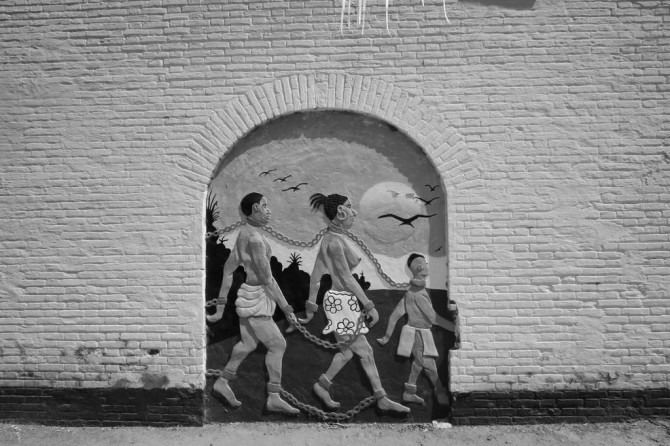
It is opportunities like this that show the true extent of the impact of the slave trade on African countries, and the poverty that persists. These ramshackle villages are devoid of most of the trappings of Westernised life, and it is easy to see just how hard it is for rural Gambians to eke out a living.
The Creative Industries
However the coastal area has seen a rise in young Gambians who are building a burgeoning creative industry. Music artists and related infrastructure, advertising and promotion agencies, television presenters, radio DJs, photographers, fashion designers and entrepreneurs are rising up to meet the untapped potential in this small state. There is a huge lack of development and infrastructure – for example Sizzla (a near deity to Gambians) headlined a massive show recently at the Independence Stadium in Bakau, but four songs in, the power cut out, leaving fans distraught.
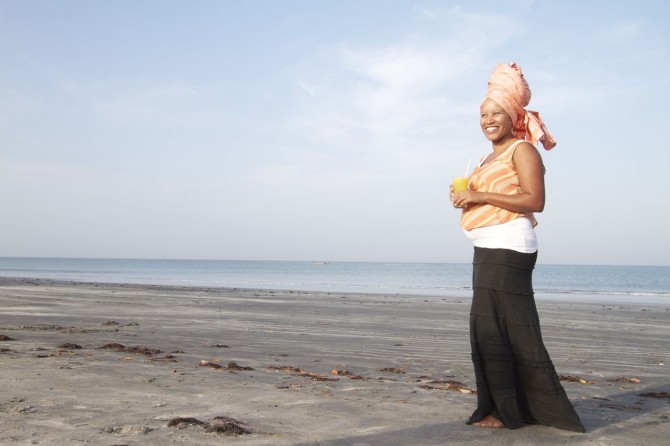
However, there remains the potential to create and inspire. Our friends Lena and Bankie, for example, run the successful marketing agency, Hot Ink Media, which provides media planning across print, web, TV and radio, as well as brand-building, graphic design, photography and music videos. Lena was raised in Sweden by a Swedish mother and Gambian father, and Bankie was raised in The Gambia and educated in the States at Howard University, The Art Institute of Washington, and the International Academy of Art and Design. They met in The Gambia and have since married and started a family.
Lena is a photographer, graphic designer and promoter, having organized the recent Fashion Weekend Gambia, as well as a monthly spoken word event called Word Of Mouth. Another of our crew is Ndeyfatou Ceesay, a Gambian-born but Togo-raised fashion designer, who has also lived in Mali, Mexico, London and New York. Ndey currently has two lines – Hahatai, Afrocentric-slash-Bohemian women’s wear (“a mash up between African woman meets urban street gal”), and her soon-to-be-launched haute couture menswear range, called Noir – “It’s more traditional than anything I’ve ever made so far. Never been so proud of anything I’ve ever embarked on”.
“It’s funny that in Europe when they ask me where I’m from, I’m expected to say Gambia, but over here if I say Gambia they laugh and say no, no, no”
Every Wednesday Lena and Bankie host a games night at their house, where we discussed the state of play in Gambia’s creative industries. “There is something about being in Gambia that makes me feel inspired to create,” Ndey tells me, inbetween bouts of playing a particularly vociferous game of Articulate! “When I returned to Gambia I launched a new brand in less than six months and it’s my best work so far. Defos hanging around this time,” she laughs.
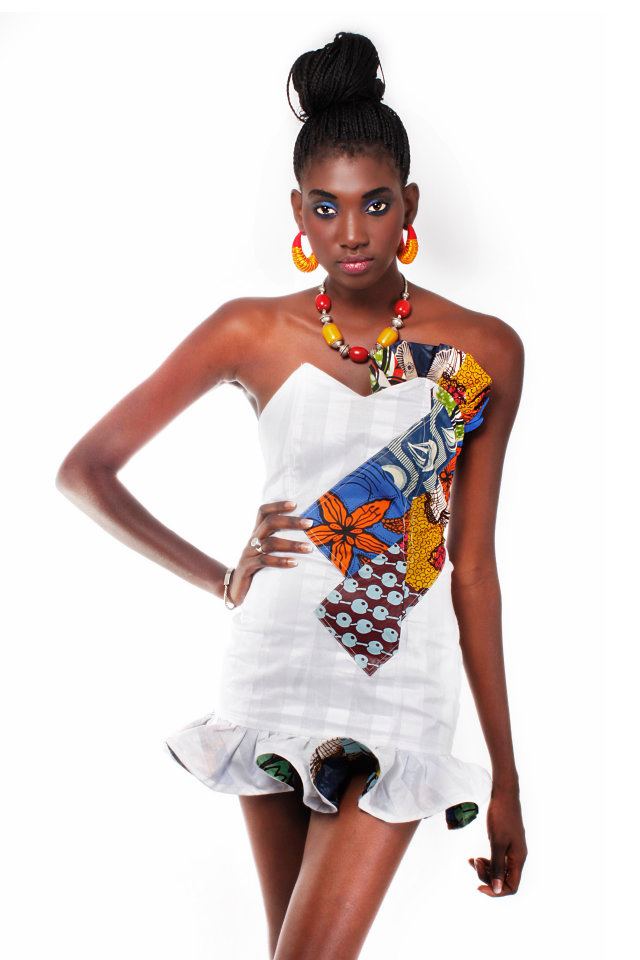
Lena also returned after spending time in London and Zimbabwe. “I came to find my roots, get to know my family better, learn more about my culture,” she states. “But I also came because I needed a new environment to explore. Gambia has so much potential and it has so many opportunities if you are just creative enough to see it.”
What the Gambia lacks in cultural entertainment such as the theatre, movies and exhibitions, it makes up for with the potential for fledgling industry and raw, untapped talent, for example the Black Lynx crew who put on the annual Open Mic festival, the biggest music festival in The Gambia, and Killa Ace, a homegrown Hip Hop artist who heads his own movement called The Cypher.
“There are so many things you can create here mainly because there is a need for creative and inspiring activities,” says Lena, “I had to take that opportunity to make some of these things happen so that I can get inspired and also inspire others.” For Ndey as a fashion designer, cloth and tailoring labour is abundant and cheap here, however the flipside is that everyone is able to design and make their own clothes. There is also what they refer to here as GMT: Gambian Maybe Time. “Time seems to go a bit slower in The Gambia,” laughs Ndey. However, Gambia is a space where it really is possible to make things happen. “It’s anyone’s game,” explains Ndey.

It is amongst these friends that I feel truly Afropean. Having travelled the world and experienced the West, unlike so many Gambians, Lena and Ndey can relate to the concept of being a part of two worlds. “I think it’s a good way to describe me,” says Ndey. “One thing I always hear here in The Gambia is ‘tubab Nga’. The literal translation means ‘you’re white’. But the true meaning has nothing to do with race. It’s more of a feeling that has to do with having a borrowed culture that you own as much as the culture in which you come from. It’s neither a compliment or an insult.”
Lena can relate. “It’s funny that in Europe when they ask me where I’m from, I’m expected to say Gambia, but over here if I say Gambia they laugh and say no, no, no,” Lena muses. “Growing up in a small place I always stood out, I always just wanted to fit in, until the day I realized the strength in being different. So, I embrace the African in me, realizing that yes I am a mix of two worlds but I think it is really important to embrace your blackness and learn the history and culture of where it came from to be able to understand yourself. Hence I find myself in Gambia.”
I too have found myself in Gambia, and happily so. It is here, in the Motherland, one can feel truly Afropean.
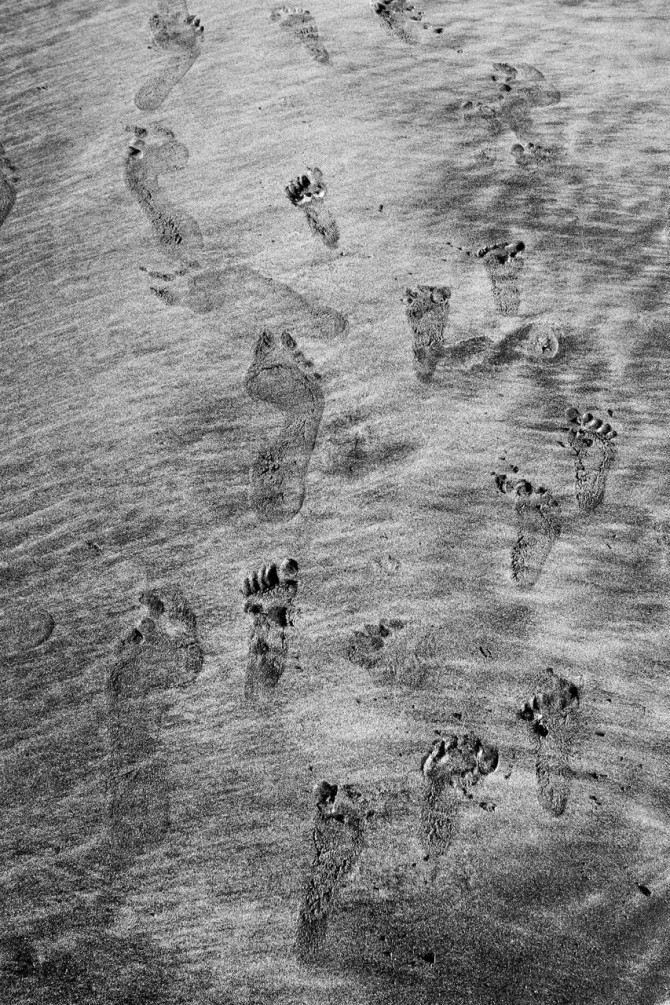

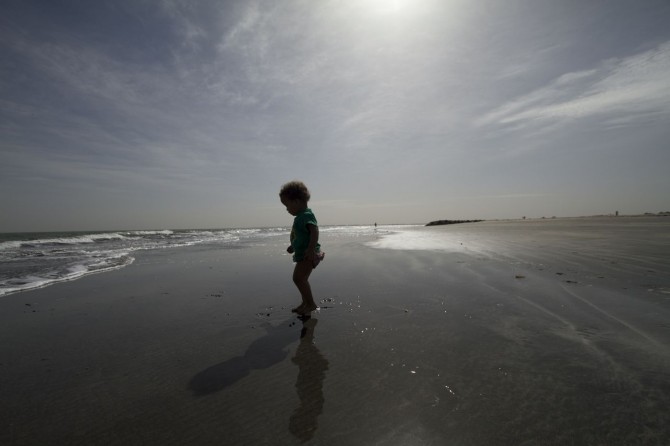
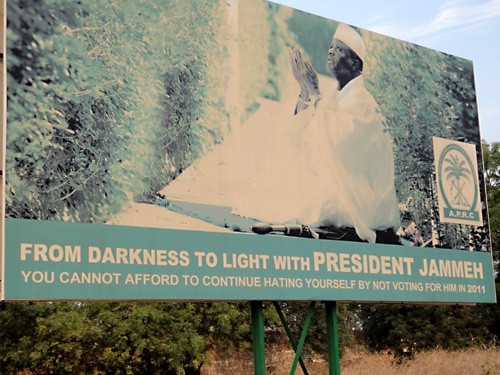
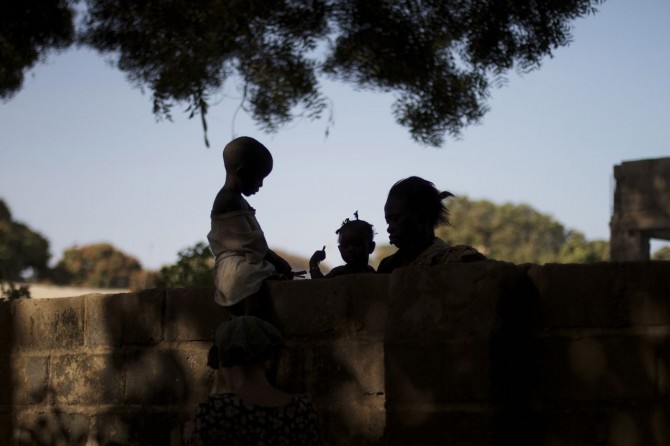
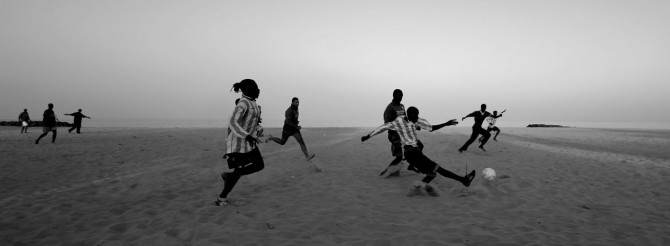

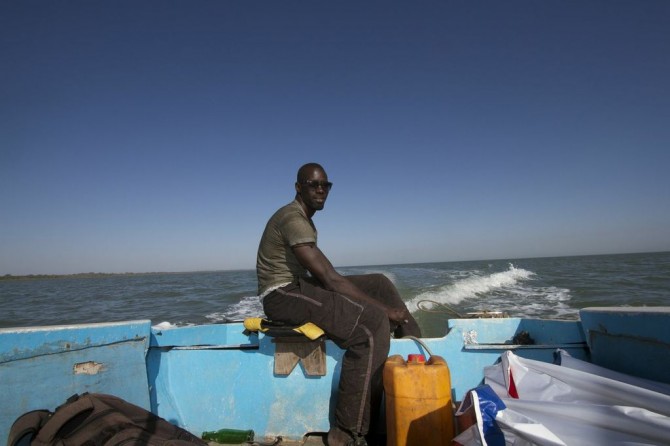
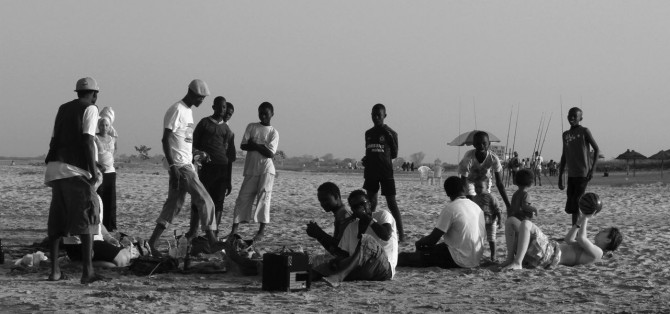


Great article, and stunning pictures. Take me to the Gambia now please for this salient lack of sun in England is testing my warrior skills!
It’s awesome to pay a visit this web site and reading the views of
all friends on the topic of this article, while I am also keen of getting knowledge.